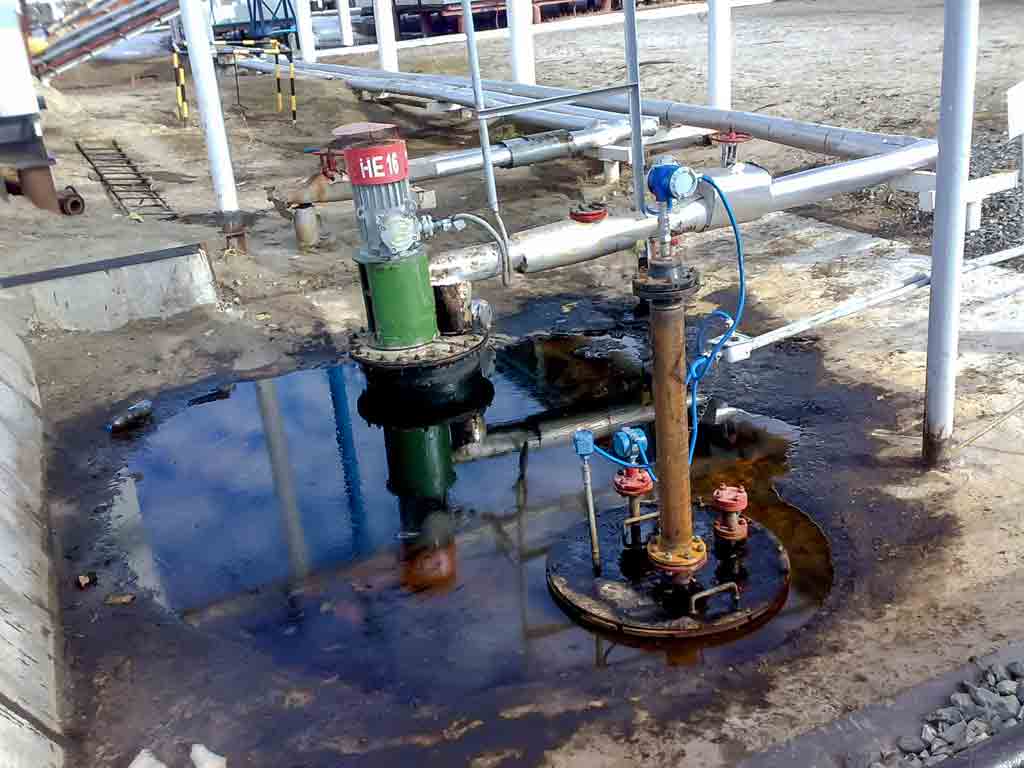3 Key Aspects of Septic Pump Maintenance
November 10, 2018
A septic system consists of two primary components: a septic tank and a drainfield. The tank collects solid waste. Meanwhile, liquid waste flows through a series of buried pipes into the soil of the drainfield. In the simplest systems, liquid waste moves out of the tank through the power of gravity. Other systems must use a special septic pump to push liquid into the drainfield.
Septic systems that contain pumps often go by the name of pressure distribution systems. Pump maintenance plays a key role in keeping a pressure distribution system running strong. If your septic system uses a pump to move liquid waste, keep reading. This article takes a closer look at three key aspects of septic pump maintenance.
1. Regular Inspection
A septic pump uses a float valve to automatically turn itself on and off. Liquid waste — also known as effluent — flows into the pump tank through the main septic tank's outflow pipe. As the liquid rises, so does the float valve. Once the valve has reached a pre-set level, the pump turns on and begins pushing effluent into the drainfield.
Pump problems often ensue from sludge and solid waste making its way into the pump chamber. Such waste may clog the pump's lines or restrict the float's range of motion. In either case, the pump fails to do its job. As a result, effluent levels continue rising until the pump chamber floods.
To prevent such issues, you must have your septic pump inspected regularly. A professional knows how to spot clogs and float valve problems. The technician also checks for signs of corrosion that can render a pump inoperative. If nothing else, a thorough cleaning of the pump chamber and float valve will ensure smooth functioning moving forward.
2. Alarm Testing
Most septic pumps contain built-in alarm systems. These alarms use sensors to monitor effluent levels inside of the pump chamber. If the effluent rises too high, the alarm goes off. This system prevents overflow and backflow scenarios. A triggered alarm generally indicates a clogged or non-functioning pump — two scenarios that require immediate attention.
Your pump's alarm system plays a critical role. Unfortunately, as time goes on, the alarm may suffer from clogs or electrical problems of its own. Such issues often prevent the alarm system from doing its job, leaving you without one of your septic system's most vital safety features.
Most alarm systems contain a test button. During a regular maintenance visit, a technician pushes this button in order to test the alarm system. If for some reason pushing the button does not trigger the alarm, the technician knows that the alarm system requires repair or replacement.
3. Effluent Filter Installation
Both solid and liquid waste flow out of your home and into the main septic tank. There the solid waste theoretically settles to the bottom, where anaerobic bacteria gradually break it down into sludge. Meanwhile liquid effluent rises until eventually it flows through a special pipe into the pump chamber.
In theory, little to no solid waste should enter your pump chamber. Yet some solids do manage to move through the outflow pipe into the pump chamber. There those solids contribute to clogs, stuck float valves, and other problems. Solids that manage to pass out of the pump chamber into the drainfield often end up clogging the drainpipes.
Effluent filters ensure that solid waste remains where it should — inside of the septic tank. These slotted plastic devices allow liquid to easily flow into the pump chamber. Your septic system may or may not already contain an effluent filter. If you don't know whether it does, contact the septic experts at Gotta Go Site Service Rentals for a professional evaluation.







